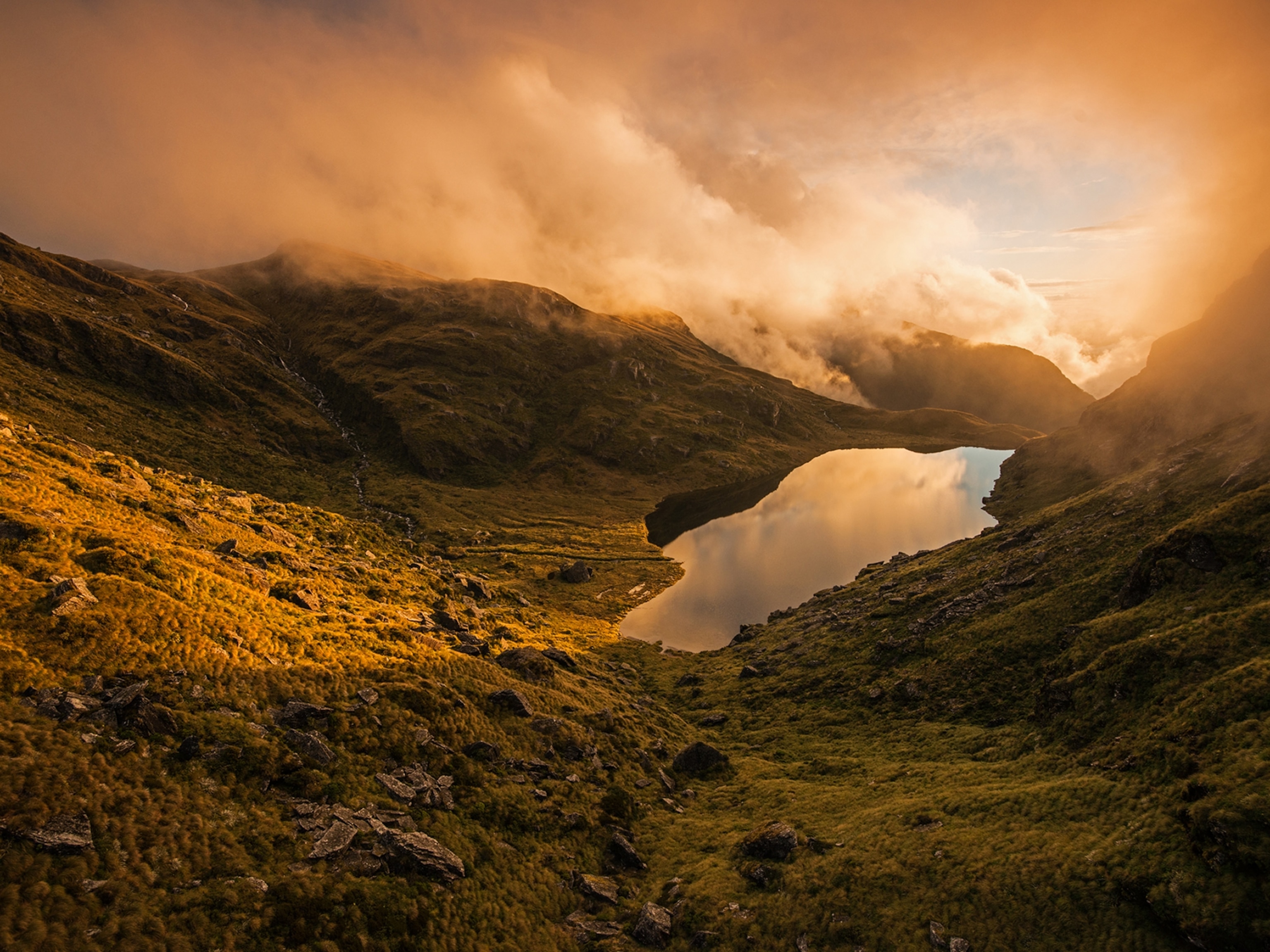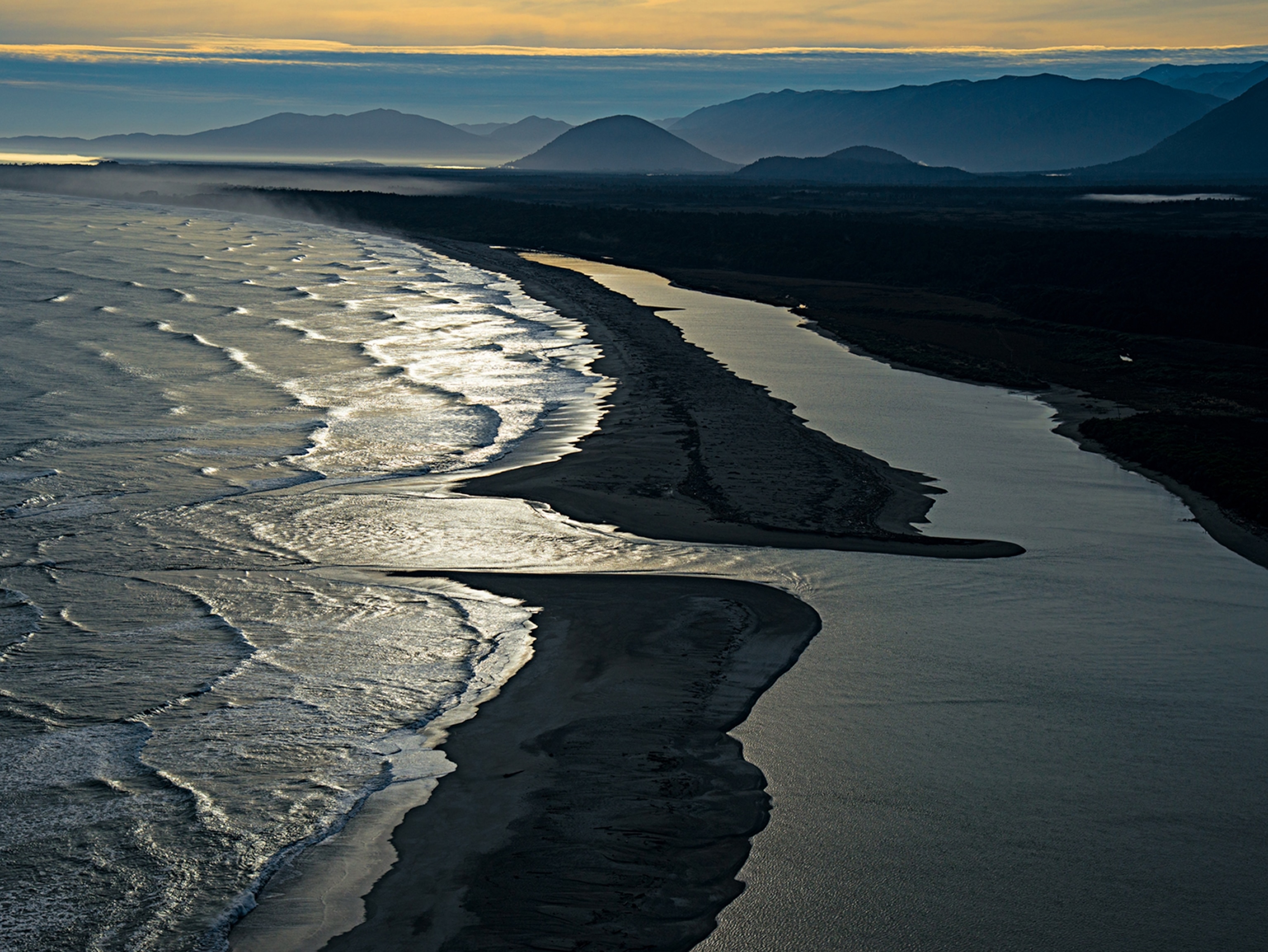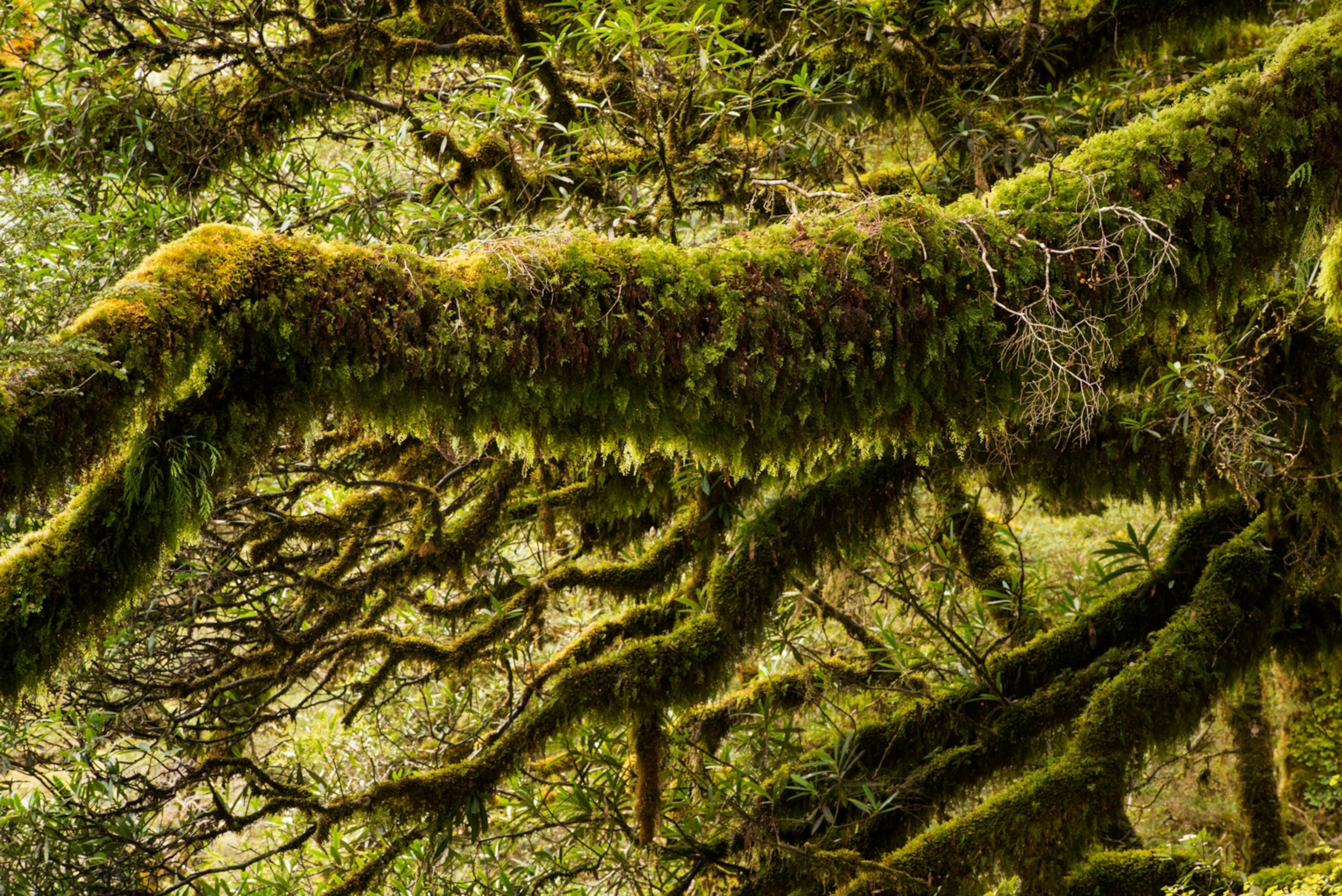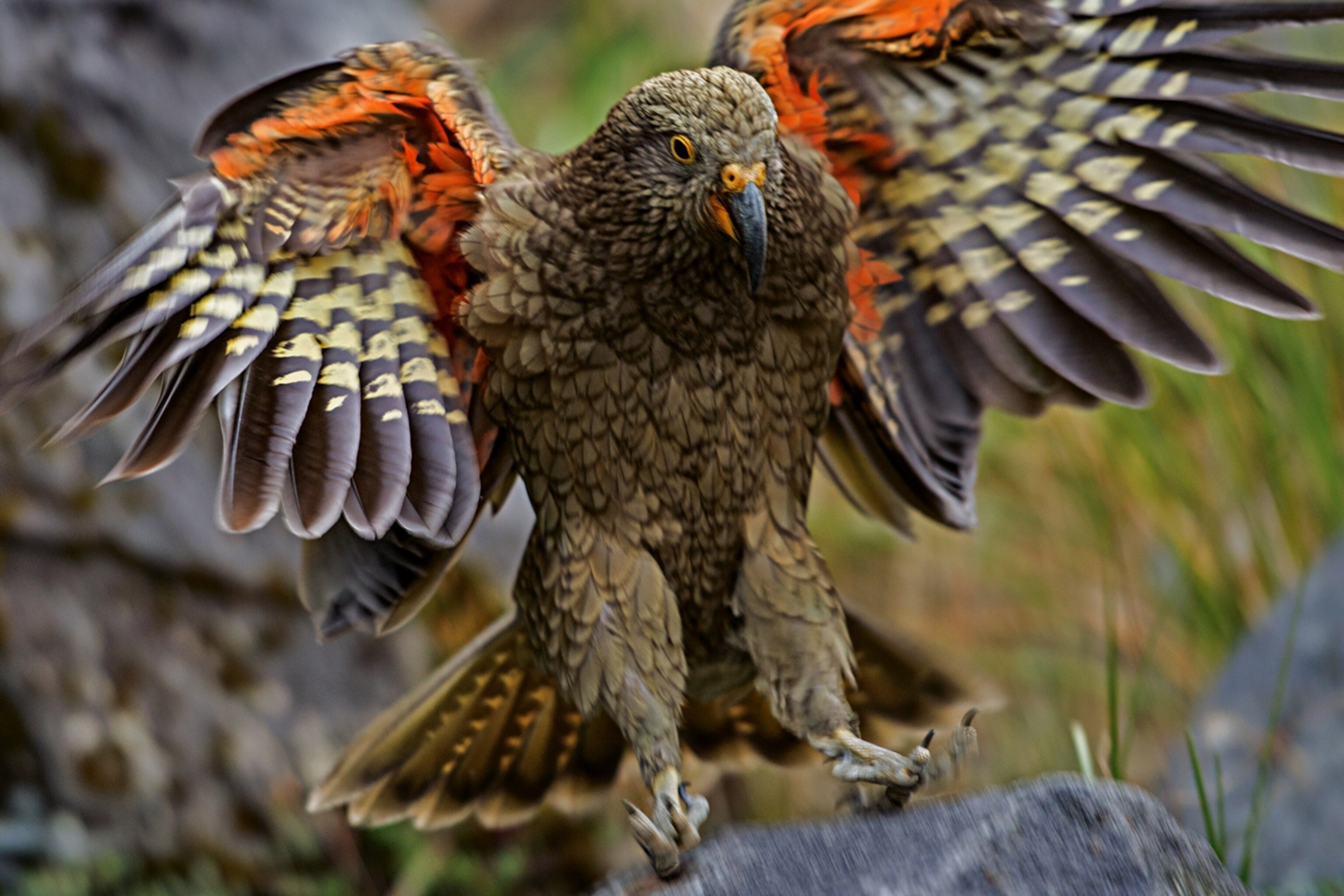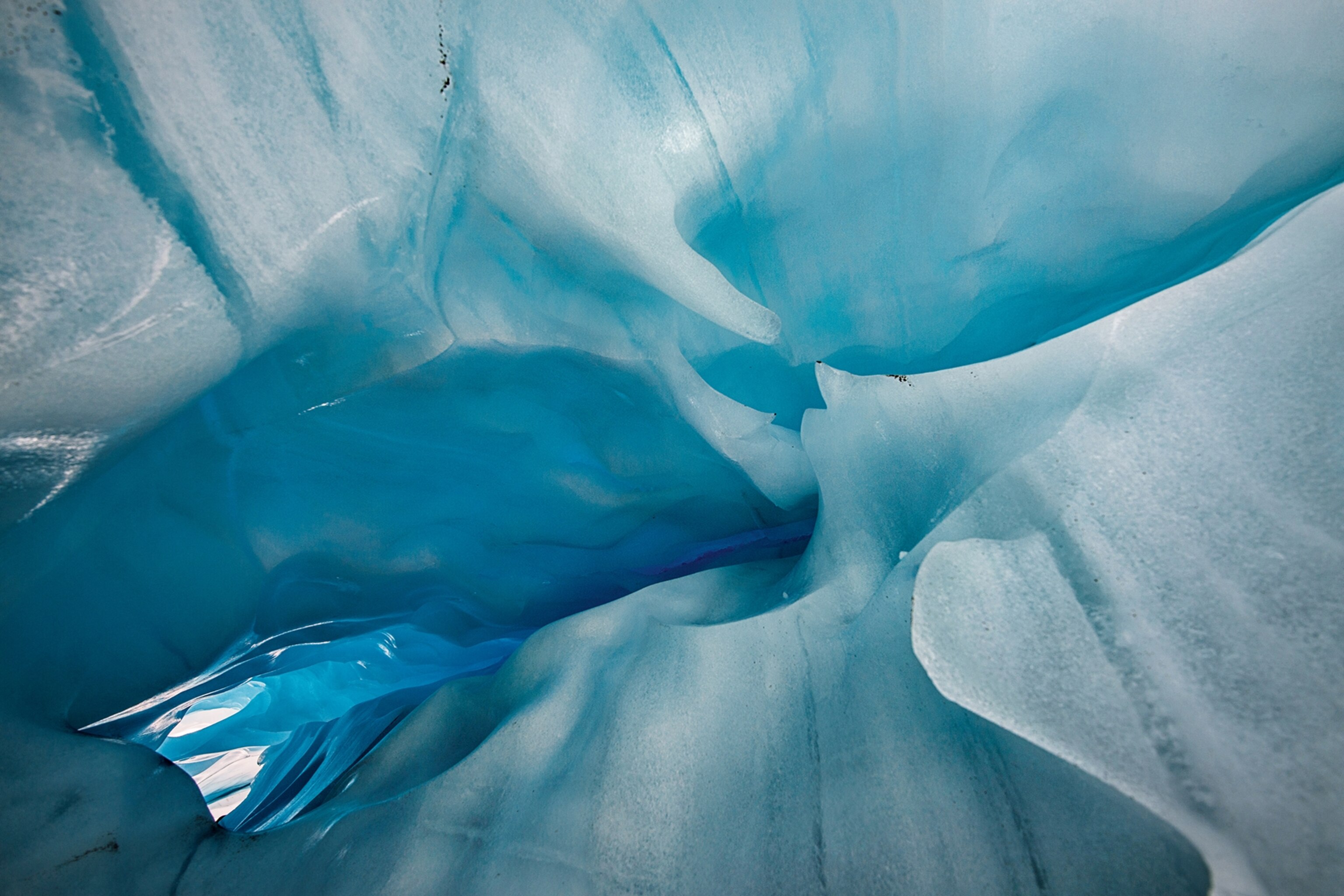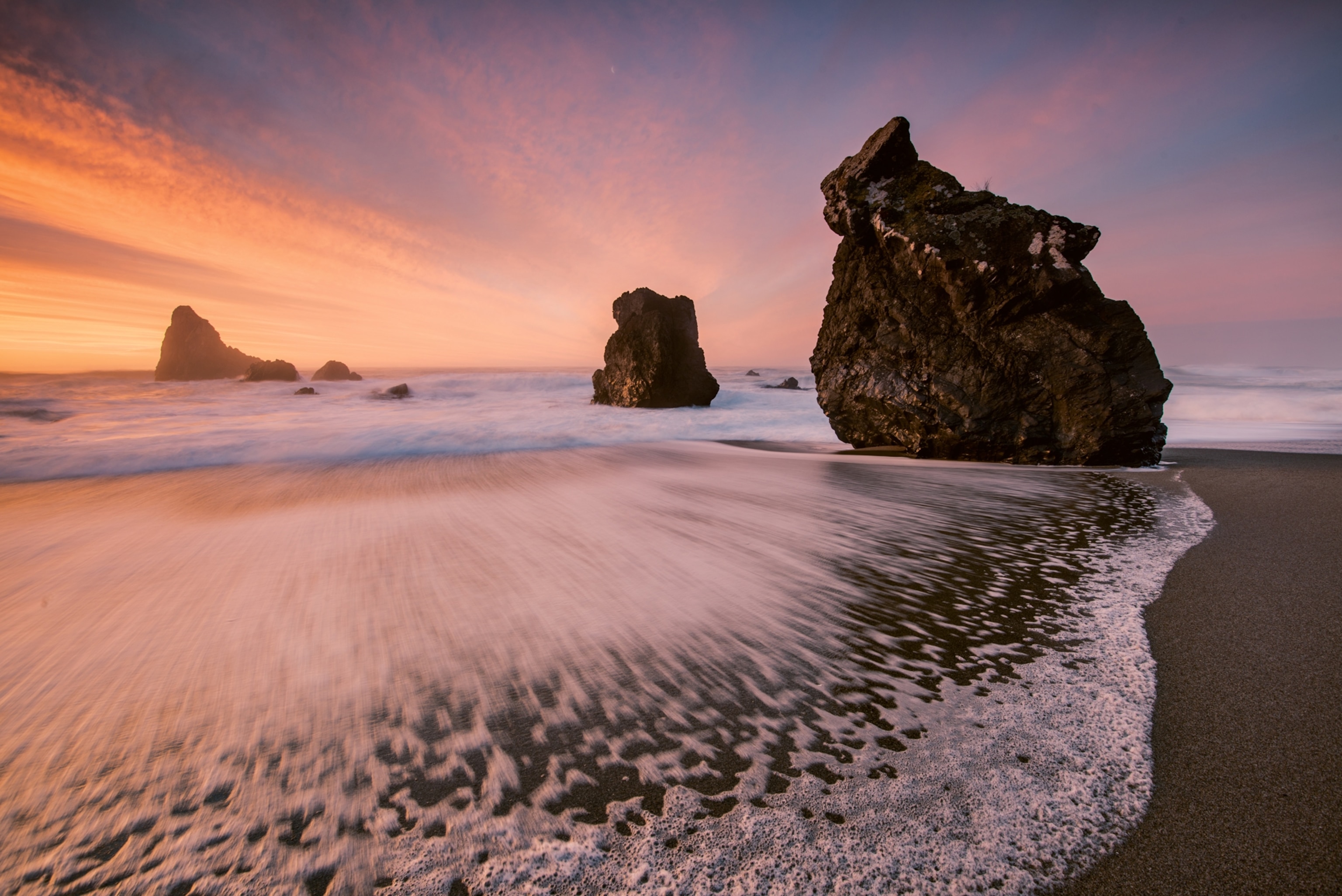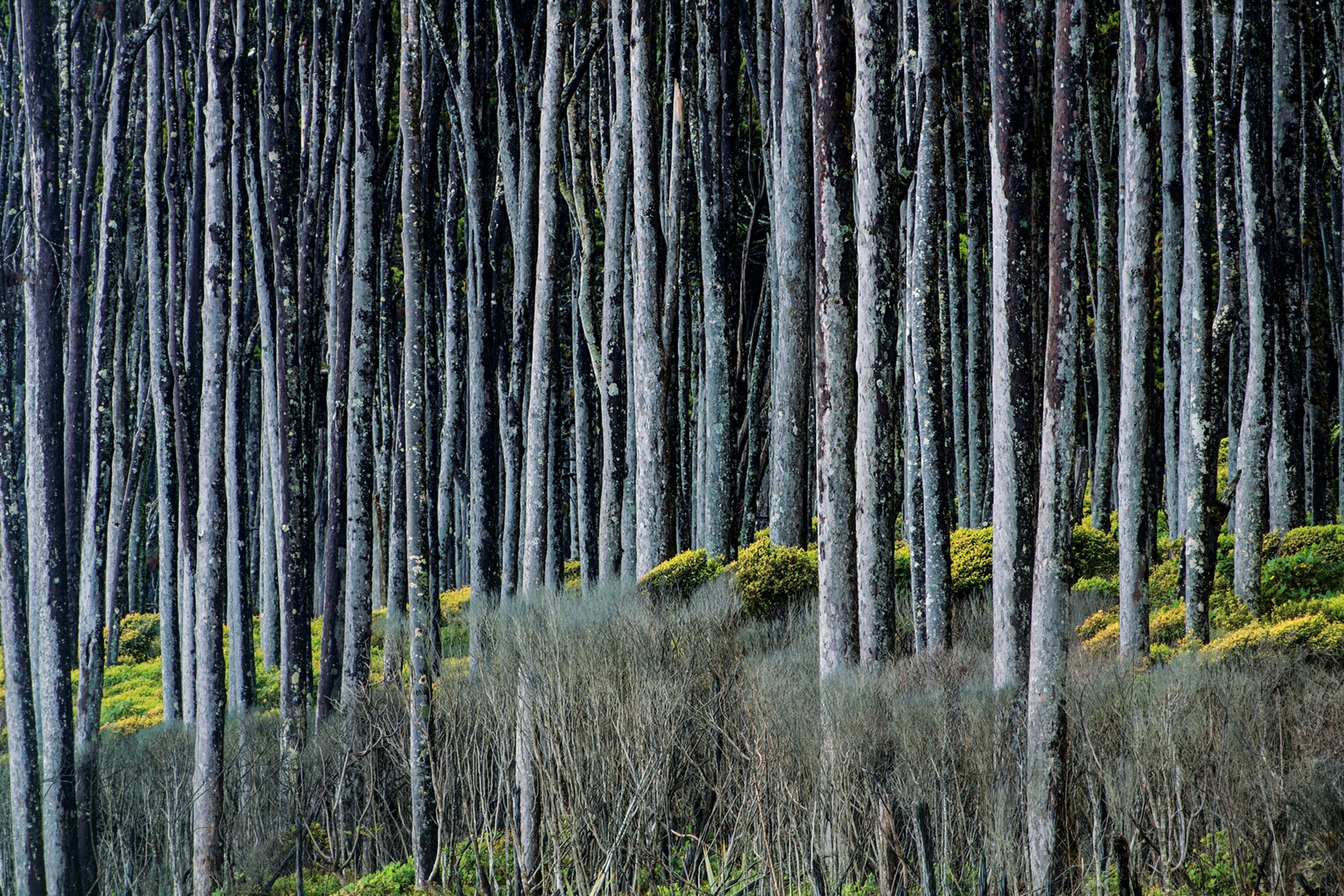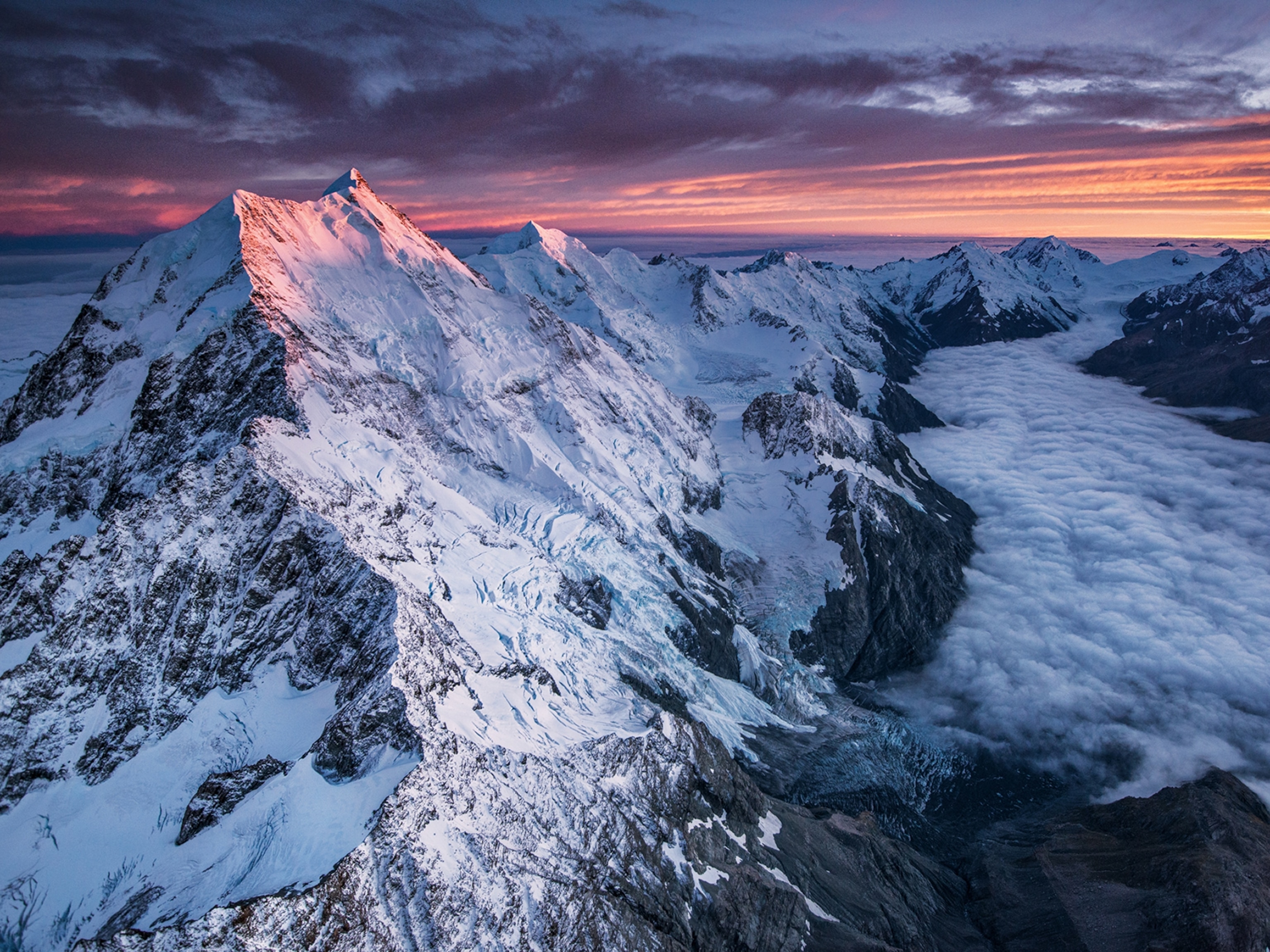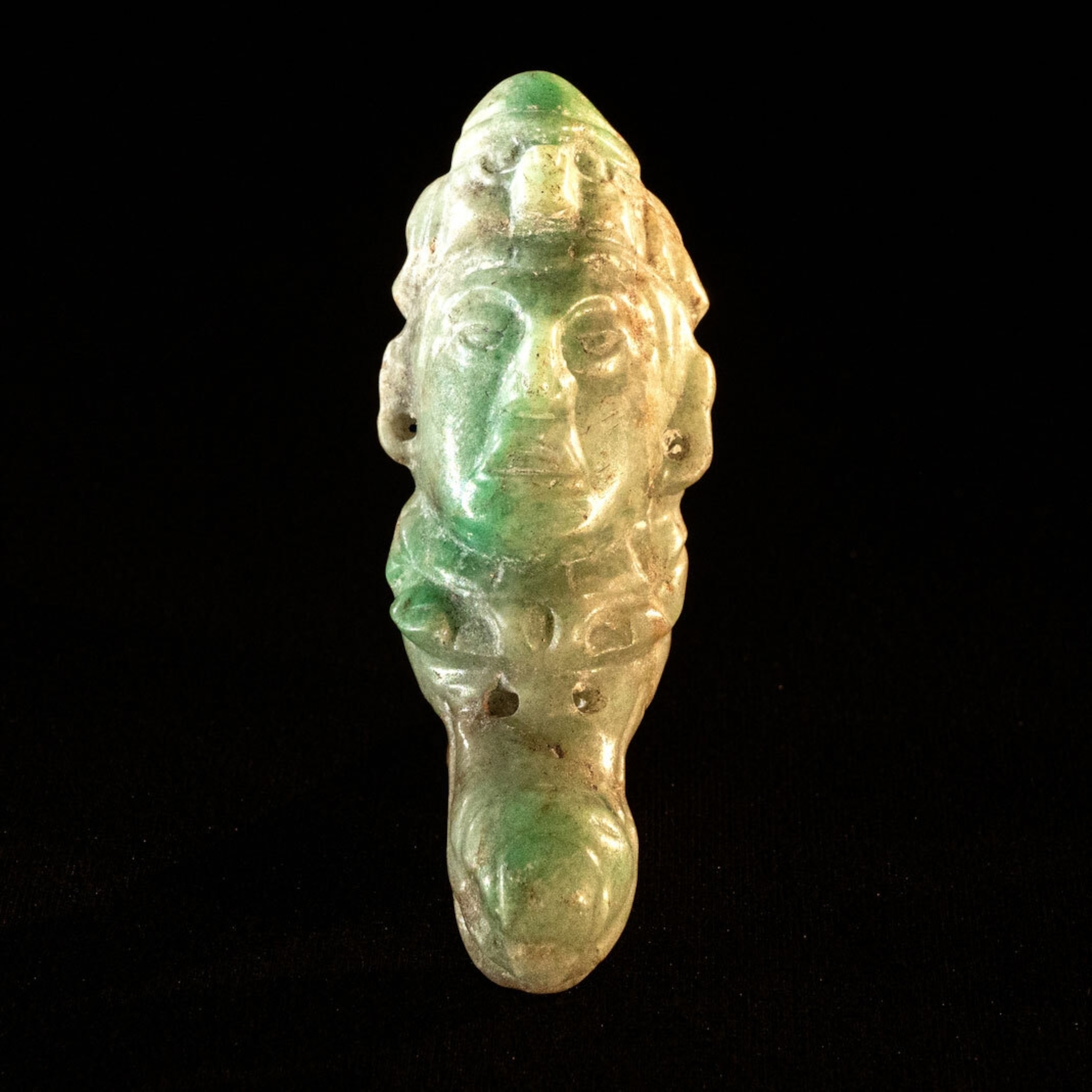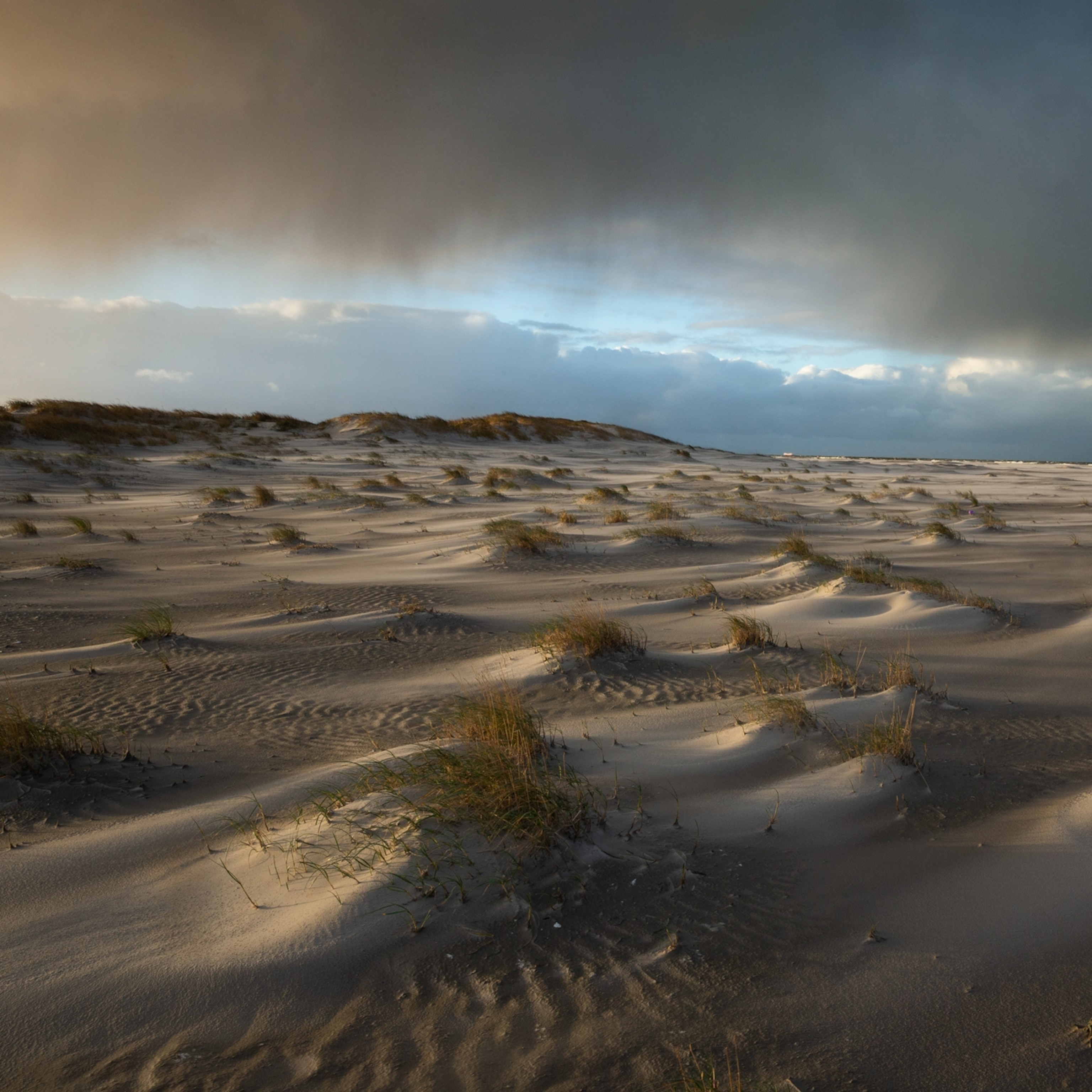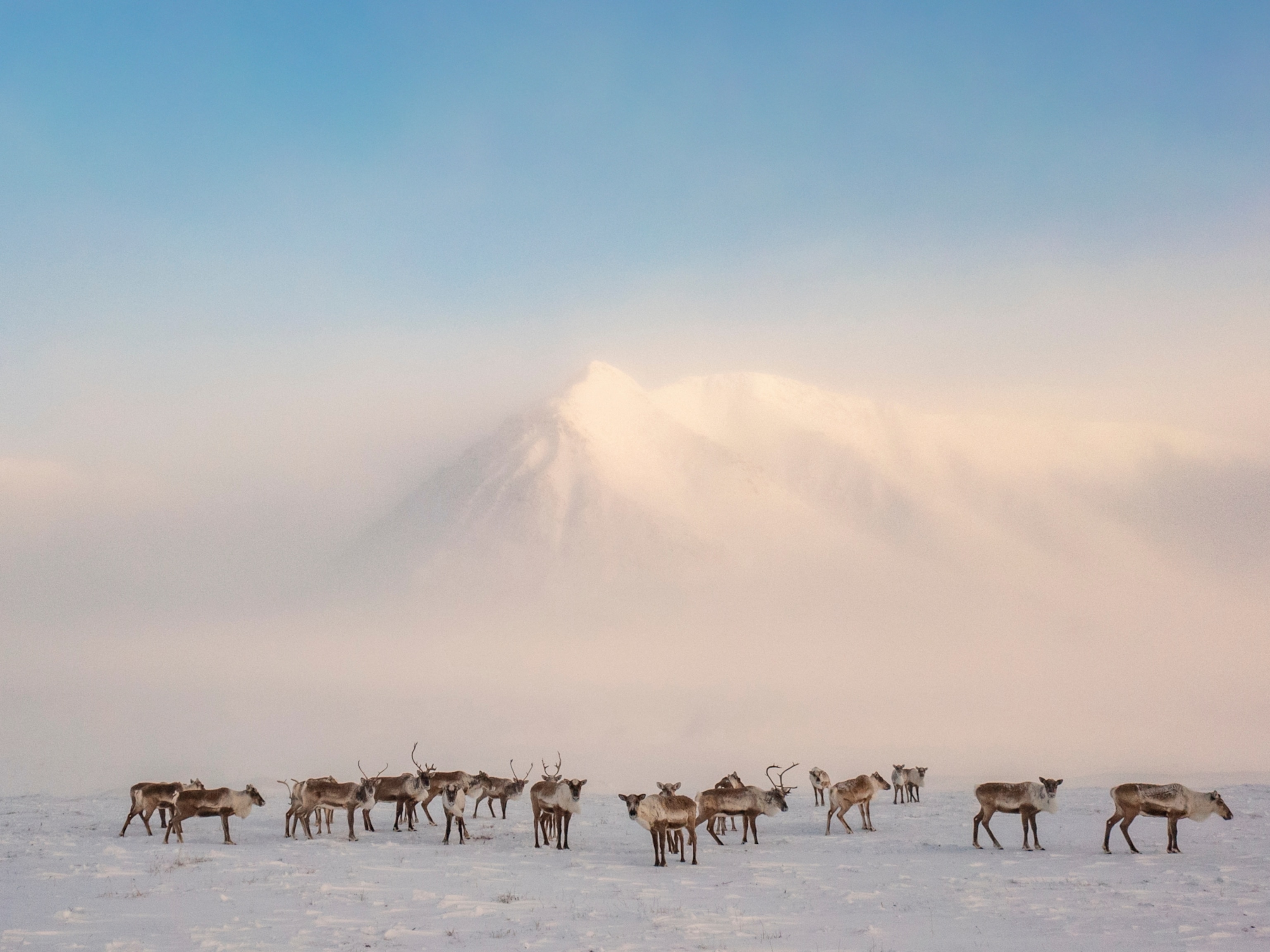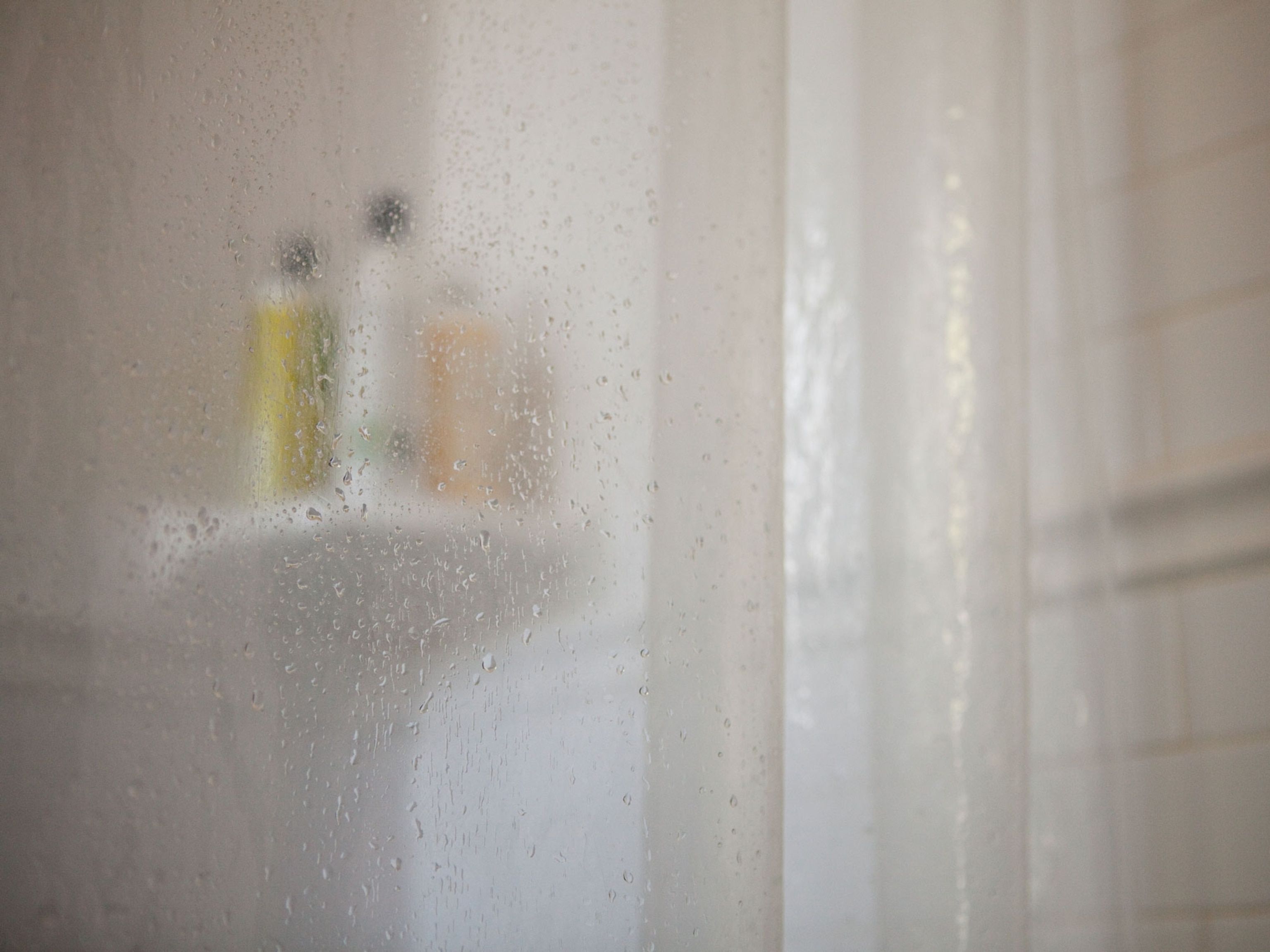Where Greenstone Grows
It is jade country. It is home to four national parks, which contain the highest mountains, longest glaciers, and tallest forests in New Zealand. It is Te Wahipounamu—the place of greenstone.
Jeff Mahuika bends down suddenly. Among the thousands of river pebbles at our feet, he has seen something my eyes have missed. His fingers grasp the edge of a stone and pry it gently from the gravel that all but hides it from view. It is a finger-long sliver of pounamu—greenstone, or jade—and as he holds it to the light, it gleams a cool gray green.
He passes it to me, and I stroke its river-smoothed skin. “Our people have a tradition that you don’t keep the first piece you find,” he says. “So I’m giving it to you.” A thought comes to me. Mahuika is a master carver of greenstone. I hand the stone back to him and say, “If you drill a hole in it, I will wear this pounamu around my neck, to bind me to this place.”
Te Wahipounamu, the place of jade. Since 1990 this southwestern edge of New Zealand has enjoyed World Heritage recognition for its four national parks and interconnecting tracts of conservation land. Of all the wilderness areas in my country, this is the one I return to most often, to breathe its mountain air, wade its rivers, hike its forests, and absorb its presence.
The carver and I are walking in the Cascade Valley, an hour beyond the end of the coast road, where it terminates south of Haast. Over our shoulders the Red Hills Range glows dark crimson in the afternoon sun. The pounamu in the rivers comes from those hills. The same tectonic forces that built the mountains made the stone.
We pace the riverbanks, heads down like wading birds, looking but not looking, because Maori believe pounamu is not found, it reveals itself. Revelation, however, is complicated by the fact that there are many green stones that are not greenstone, or nephrite, as geologists call it. I discover I am an expert in locating these look-alikes—the fool’s gold of the jade enterprise.
Time and again I stoop to pick up a pretty sage green pebble.
“How about this one, Jeff? Nephrite?”
“Nope, leaverite,” he says, as in, “Leave ’er right there.”
When Maori were lords of this land, no resource was held in higher esteem than pounamu. In part the stone’s stature arose from the uncountable hours needed to shape it into tools or ornaments, for pounamu is harder than steel. Working the stone over weeks or months imbued it with the life of its owner. In one tradition, when Maori died, their prized pieces of pounamu were buried with them, to be dug up later and passed on to a descendant. In this way pounamu transcended time, binding generations in a sacred embrace.
To handle such treasures today—in the form of chisels, ear pendants, fighting clubs—is to sense a link not just with the maker and owner but also with the physical ancestry of the stone. In the Maori world, objects speak to their origins: whalebone to the whale, wood to the tree, pounamu to its source river and mountain.
Water and ice scour the stone from its host rock; rivers carry it down to the sea. “The stone is always moving,” says Mahuika. “In our stories we call it a fish. It’s on a journey, just like we are.”
We cross the Cascade River waist-deep, holding our arms out like wings, balancing against the current’s muscular pull. It is spring, when the fry of native fish surge into Te Wahipounamu’s rivers from the sea, heading upstream to grow to maturity in cool forest reaches. Catching these whitebait is a west coast religion. From dawn till dusk, coasters wade the river mouths with long scoop nets, sieving for ’bait. Later, in a tiny riverbank hut, or over a driftwood fire, butter will be melted in a frying pan and a mixture of egg and whitebait tipped in. Whitebait patties, food of the gods.
Maori call the commonest type of whitebait inanga, and they use the same word for pounamu of a matching pearly gray, sometimes flecked with eyes, as if whitebait swam within the stone. In a world defined by mutual relationships, the Maori name for one thing often recalls another. Their name for the Southern Alps—the tumult of peaks that runs like a jagged spine through Te Wahipounamu—is also used for the wave-swept ocean.
The alps make this place what it is. Standing athwart the westerly gales of the latitude known as the roaring forties, they force moisture out of the clouds and drench the coast with rainfall. It is so wet here that in the less traveled south, moss grows on the asphalt of the roads.
During the last ice age alpine glaciers tattooed this region with lakes and chasms, and chiseled the fiords that give the southern swath of Te Wahipounamu its name, Fiordland. More than 3,000 glaciers remain in the World Heritage area. Two of the most famous—Fox and Franz Josef—plunge almost to sea level, where their snouts nuzzle the coastal rain forest.
These forests are a time capsule of Gondwana, the supercontinent that fragmented into the landmasses of today’s Southern Hemisphere. When New Zealand split off from what is now Australia to begin its own journey into the Pacific, it created an ecological separation that endured 80 million years. That long solitude has made New Zealand a showcase of Gondwanan flora and fauna. South West New Zealand is its best window on that ancient world.
Maori maintain a presence here, though their numbers are thin. A symbolic moment came in 2005, when Mahuika’s people opened a carved meetinghouse, their first ceremonial house in 140 years. It was a statement of survival and of hope but also an acknowledgment of human impermanence, a truth expressed in a Maori proverb: People come and go, but the land endures.

